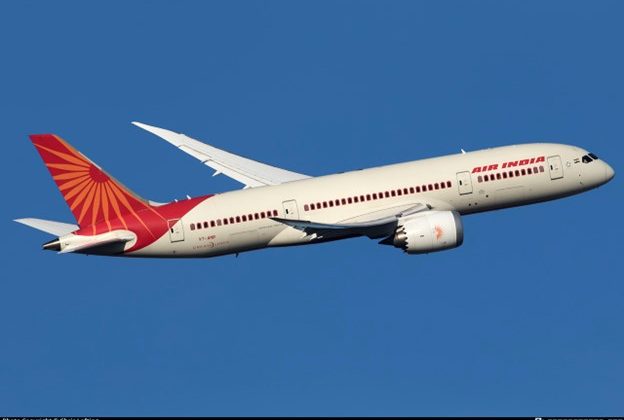
The aviation industry has long been a symbol of global connectivity, traversing borders and cultures while navigating economic turbulence. Amidst the challenges posed by the pandemic, the airline sector has been scrutinized for its financial viability, with revenues taking a nosedive as travel restrictions dampened demand. Now, as the world tentatively reopens and travelers take to the skies once more, the spotlight shines on the complex web of revenue sources that sustain these flying giants.
Unveiling Airline Revenue: A Multifaceted Approach

At the heart of an airline’s financial model lies a labyrinth of revenue streams, each contributing to the bottom line in its unique way. Ticket sales, the most apparent source, encompass a dynamic pricing structure influenced by factors ranging from seasonality to booking timeframes. However, beyond the straightforward sale of seats, airlines delve into a diverse array of ancillary revenues.
Ancillary Revenues: Airlines have mastered the art of generating income beyond the fare box. Baggage fees, seat selection charges, in-flight entertainment purchases, and onboard sales constitute a significant portion of ancillary revenues. With meticulous strategizing, airlines have transformed flights into retail spaces, enticing passengers with an array of products and services.
Partnerships and Alliances: Collaborations and alliances between airlines, hotel chains, car rental companies, and credit card providers add another layer of revenue. Frequent flyer programs and co-branded credit cards create a symbiotic relationship, fostering customer loyalty while bolstering income through points purchases, mileage redemptions, and partnership agreements.
Cargo Operations: Amidst the passenger-focused narrative, cargo operations represent a hidden gem in the airline revenue model. Freight services contribute substantially to airlines’ financial stability, especially during periods of decreased passenger demand. The transportation of goods across continents remains a lucrative endeavor for many carriers.
Navigating the Turbulence: Challenges and Adaptations
While these revenue streams present a robust financial ecosystem, challenges persist. Fluctuating fuel prices, geopolitical tensions impacting routes, regulatory changes, and unforeseen events—such as the COVID-19 pandemic—continue to disrupt the delicate balance of airline economics.
Adaptation has been key. Airlines have embraced digitalization, leveraging technology to optimize revenue management, personalize services, and streamline operations. AI-powered pricing algorithms, data analytics, and customer relationship management systems play a pivotal role in maximizing revenues and enhancing the passenger experience.
Ethical Considerations and Transparency
Amid the quest for profitability, the ethical dimension of airline revenue cannot be overlooked. Transparency in fare structures, honest representation of ancillary charges, and fair treatment of customers are paramount. Upholding consumer trust is as crucial as maximizing revenue streams, and maintaining a delicate equilibrium between profitability and consumer satisfaction remains a perpetual challenge.
Opinion: Balancing Profitability and Passenger Experience
In my opinion, the airline industry’s successful future hinges on its ability to strike a balance between revenue optimization and passenger-centric services. While maximizing profits is imperative for sustainability, a seamless and enjoyable travel experience is equally crucial. Airlines that prioritize customer satisfaction while smartly diversifying revenue streams are likely to emerge as industry leaders in this ever-evolving landscape.
The business above the clouds remains a fascinating juxtaposition of financial acumen, technological innovation, and customer-centric strategies. As the industry charts its course in this new era of air travel, understanding the intricacies of airline revenue unveils a complex tapestry that continues to shape our global connectivity.
As the skies beckon once more, the narrative of airline revenue continues to evolve, weaving together profitability and the passenger journey into a compelling saga that transcends mere balance sheets.
Conclusion
The business above the clouds remains a captivating intersection of financial strategy, technological advancement, and customer-centric approaches. As the industry charts its course in this new era of air travel, comprehending the intricacies of airline revenue unveils a multifaceted tapestry that continues to shape our global connectivity.










